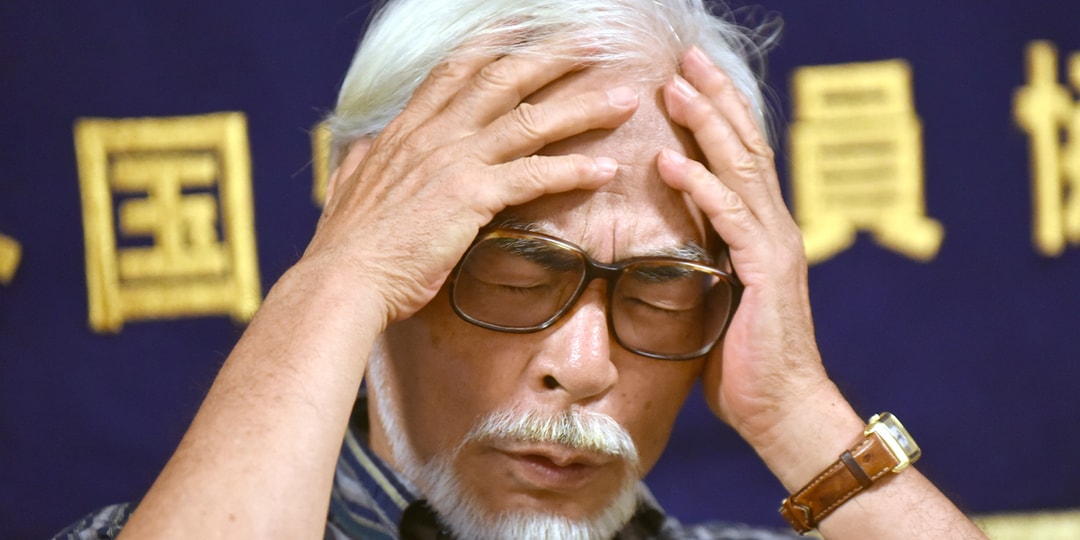The Von Trapp Family's Journey from Austria to America: A Closer Look
While the beloved musical and later film The Sound of Music took considerable creative liberties with the real-life story of the von Trapp family, one fact remains clear: they left their native Austria to escape the oppressive Nazi regime. The 1965 film, which was based on the 1959 Rodgers and Hammerstein musical, did not follow the family's extensive journey across the ocean to America, leaving out many of the intricacies of their life after fleeing Europe.
In reality, the von Trapp family did not just flee; they adapted and thrived in the United States by performing as the Trapp Family Singers. This talented ensemble included all ten of the von Trapp childrenthe seven depicted in the movie, along with three more that Maria and Captain Georg von Trapp had after marrying. Their performances took them across the United States and Canada, where they captivated audiences with their harmonious singing and unique backgrounds. Eventually, they established a permanent base in Stowe, Vermont, where they founded a music camp called Cor Unum, which translates to 'one heart' in Latin. This was not just a name but a reflection of their close-knit family values and shared love for music.
Sam von Trapp, the youngest child of Maria and the Captain, currently serves as the executive vice president of the Trapp Family Lodge, a well-known destination in Stowe. He recalls that Maria felt an instant connection to Stowe, as its mountainous landscape reminded her of her homeland in Austria. This sentimental attachment played a significant role in the familys decision to settle in this picturesque setting, which allowed them to continue promoting their musical heritage.
In a poignant twist, it wasn't long after Captain von Trapp passed away in 1947 that Maria took the bold step of opening their large 27-room home to guests in 1950. This venture provided much-needed income for the family and showcased their welcoming spirit. It was not the first time Maria had acted resourcefully to support her family. According to Sam, during their difficult times in Austria in the 1930s, Maria had previously laid off their household staff, moved her family to the servants' quarters, and rented out rooms in their villa to visitors after they lost their fortune. Her resilience and adaptability were integral to the family's survival and success, making their story not just one of escape, but also of tenacity and reinvention.



























